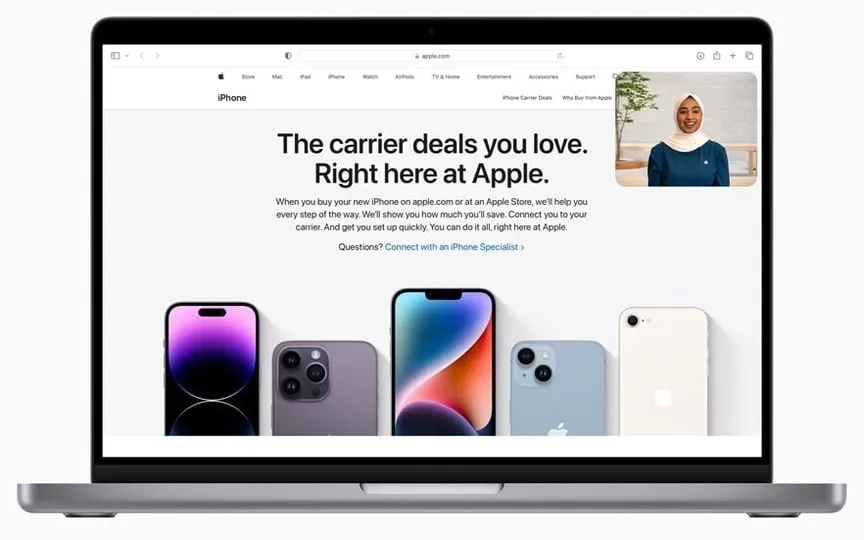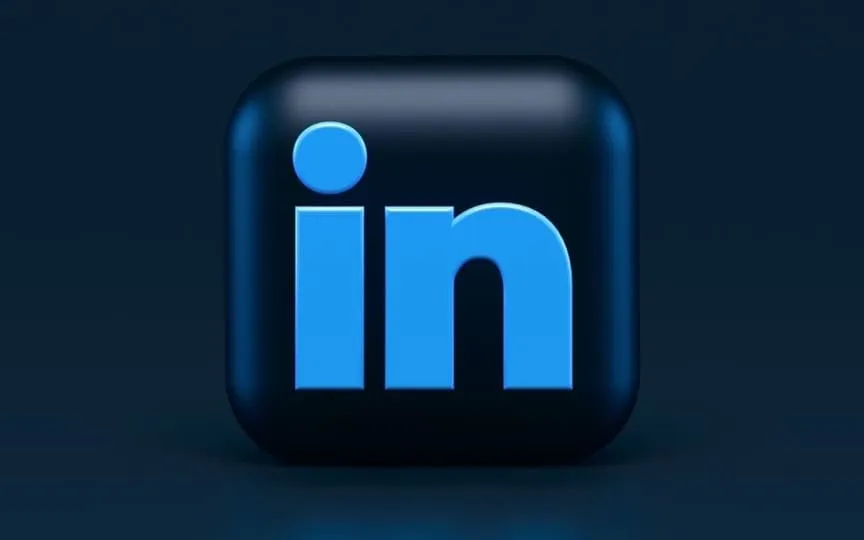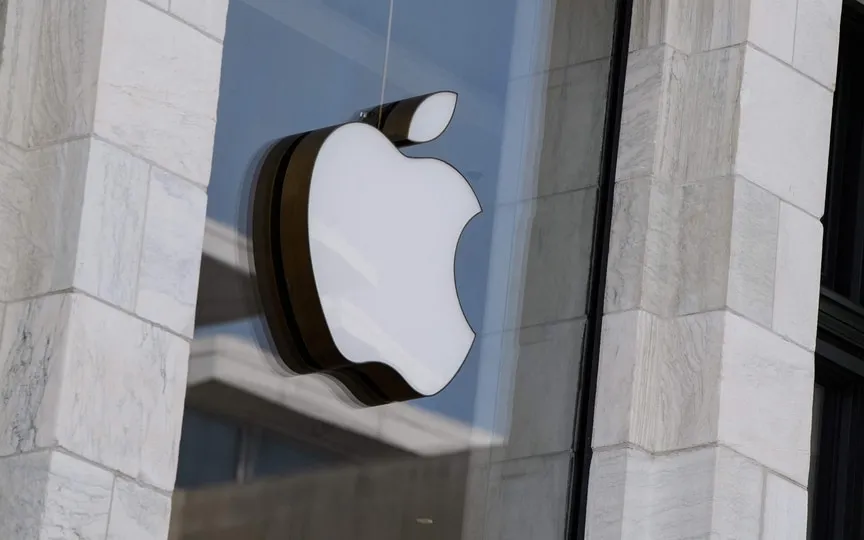BenQ Predicts: COVID Habits Here to Stay!
According to BenQ, a Taiwanese display solutions company, India’s viewing habits have transitioned from family-oriented to individualized content consumption, and this trend is expected to continue.
The company spoke to PTI about the aspects of business transformation after the COVID pandemic and future developments in the world’s most populous country – India.
“Prior to the pandemic, the main mode of content consumption was focused on family viewing. However, there has been a significant shift towards more individualized content consumption. Screen time has increased significantly compared to pre-COVID and remains high even after This suggests that habits developed during COVID are here to stay,” the Indian company said. CEO Rajeev Singh said.
BenQ India has made significant strides to become one of the top three countries globally in terms of revenue, says Jeffrey Liang, head of BenQ Asia Pacific.
“For the first time, our company has become the dominant player in the Indian market, overtaking other regions. This achievement highlights the current exceptional growth in the Indian market, and our company is outpacing this growth.”
India’s growth spurt, according to Liang, is not just a fluke, but the result of a “dedicated effort” over the past six to seven years.
“In the post-Covid era, our business has seen a significant transformation, achieving an impressive growth rate of nearly 50 percent over the past three years following the January-December business cycle,” Singh added.
The growth is interesting in the background of online gaming and e-sports, Singh said.
“We pioneered the concept of gaming monitors designed specifically for eSports around 12 years ago,” Singh said.
He said that eSports has developed in India, although it has lagged somewhat behind neighboring countries such as China, Thailand and Malaysia.
Even after COVID, the hybrid work model still relies heavily on video conferencing, and physical meetings have declined, Singh noted.
“People now enjoy virtual meetings, and this has increased the demand for these display devices that are crucial for virtual interactions. The use of interactive flat screens and smart projectors in virtual meetings is on the rise,” he said.
Singh said there has been an increase in the adoption of digital teaching aids such as interactive flat screens in educational settings.
“Resistance from teachers accustomed to traditional teaching methods has decreased, and digital and virtual learning has become the norm. As a result, schools are increasingly adopting interactive devices, and government programs are promoting their use to improve teaching standards. This has led to significant and sustained demand, which is expected to continue for many years.” , Singh stated.
As for the use of projectors at home, the closure of cinemas during the pandemic led to a change in consumer behavior, according to BenQ.
“The availability of broadband and OTT platforms made it possible for people to enjoy movies from the comfort of their homes. This change in habits is reflected in the decrease in cinemas. While landmark films may still draw audiences to theaters, many other films are preferred on OTT. on platforms that offer a different experience compared to traditional television. High-quality projectors, especially those with 4K resolution, have gained popularity for enjoying events such as cricket matches, offering a superior viewing experience compared to smaller devices.”
These factors, Singh pointed out, combine to drive demand for display devices in both the home entertainment sector and the B2B segment. The change in consumption habits caused by the pandemic has permanently affected the consumption of content and the use of technology.
BenQ’s most visible product line until recently, Singh said, has been LCD monitors, which mainly serve the B2C market. “We have a strong position and are among the top three brands in the leading American online store, which is a key reference for consumers when purchasing displays. We are also a leader in the high-resolution and large-format display categories as the market moves towards larger sizes and higher resolutions,” he added.
Sharing forecasts for the current quarter, Singh said the current year to December 2023 is also expected to grow significantly at 50% year-on-year.
In the projector business, Singh said BenQ is the “number one” DLP projector brand in India, with a market share of around 30-33 percent in the first half of this year.
“We dominate the fast-growing 4K segment with approximately 42 percent market share over the same period. Our fastest growing business, which we expect to be the largest revenue generator in 2023, is interactive flat panel display.”
According to Singh, this segment primarily caters to the B2B market and applications in the education and enterprise segments.
“We have experienced significant growth in this area and currently hold the second largest market share in India at 20%,” he added.
Talking about the competition, Singh said in the interactive flat panel display, the number one brand is ViewSonic, while in the DLP projector business, BenQ claims the number one spot.
“It is interesting to note that Sony and Panasonic are currently not involved in the interactive flat panel display. However, they compete in the projector market. Currently, both brands have a relatively small market share of around one percent.
“In comparison, BenQ has a significantly stronger presence in the projector market with a market share of over 30 percent. This shows a significant lead over Sony and Panasonic in the projector segment,” he said.
One more thing! ReturnByte is now on WhatsApp channels! Click here to join so that you never miss any updates from the world of technology.




